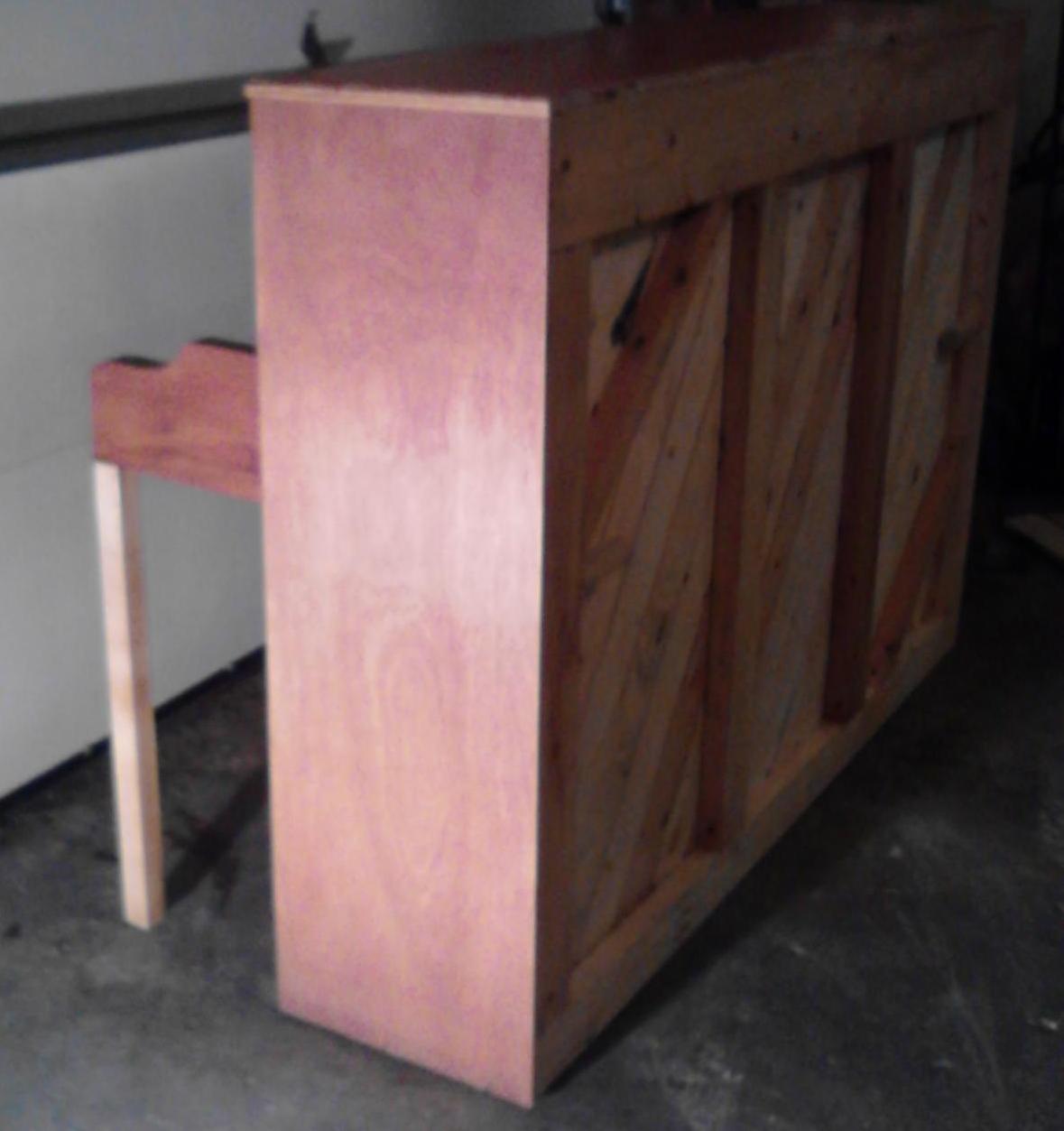THE PROLOGUE The first “case” solved by Father Brown takes place during the Prologue, and…
Production Challenges: Accents and Music

Dialect Work
The playwright has included a pronunciation key in the front of the script, although this alone will not guarantee either the accent overall or the fluidity of the lines which are in Bosnian. Our research into Eastern European dialects indicated that, for stage purposes, we could use as our guide Acting with an Accent‘s Polish dialect. This would allow our actors to have the basic characteristics of the accent (without sounding Russian, which would be wrong), and would focus on a dialect which would still produce understandable English for our Midwestern audience.
We were also fortunate to find a young woman who is a native of Bosnia-Herzogovina living in Fort Wayne! (And working for Tim’s sister!) She audio-recorded all the Bosnian phrases for us–slowly, and then fluidly, as a native would say them. I am proud of the hard work Teresa and Tim have put in to make those words sound natural coming out of their mouths! They, plus Shannon, have spent hours mastering the uncommon dialect.
Piano and violin–music, instruments, arrangements, choices!
The playwright also provides a list of suggested music, used in the first professional production of the play, as well as an address through which one might acquire the piano/violin arrangements. She stresses, however, that the sound designer/director can make his or her own choices, “centering around Bach.” This is what we have done. (More on the actual music–of which there is a lot, and needed for very specific moments/purposes–in another post.)
The playwright states:
“The actors should not actually play instruments. In the production at Florida Stage, live musicians were upstage in a “blue room” playing piano and violin as the actors mimed playing. Once the convention was established, it worked beautifully. If you don’t have access to musicians, taped music can be used.”
We have access to musicians, and I was very intrigued by the notion of live music. However, our stage is smallish and an awkward size. Trying to keep the musicians where they can see the action without being obtrusive, and at the same time where they won’t take up too much of the playing area, was a task that began to feel impractical, even were it possible. This was because much of the music is “acted” as much as played–Eddie is a good violinist, but he’s only 10–not a prodigy. Kat is angry and difficult, and her playing often reflects that. For the actors and musicians to be so much in synch would require much more rehearsal with the musicians than we could rightly afford. Taping the music and letting the actors practice their mime at home seemed more reasonable and efficient.
Beyond the choice of music, and the difficulty of recording so much music so far in advance of the performance, there was the need to have TWO violins onstage, in the hands of non-violinists, as well as a piano which needs to be positioned in such a way that one or two actresses can sit at it and still be visible to the audience.
Again we were blessed in our contacts: Debra and Bruce Graham, both violists with our Fort Wayne Philharmonic, attend First Missionary Church (which supports us by providing rehearsal space). Deb secured two used violins for us to use, and Bruce came to coach Tim and Micah on how to hold the violin and the bow correctly.
The piano is supposed to be unsatisfactory to Irena. It is “out of tune” and “sounds like big elephant,” she says. Since they are refugees living in a little apartment, one must assume this is a used upright piano of some kind. Knowing the hardships surrounding the move of a real piano into the theater (we’ve done it before), I set out to solve our problem creatively.
And we have. Thanks to the ingenuity of Larry Nolan, we have a piece of furniture which looks for all the world like a piano. And our actresses will be able to pound on “it” and make noise, or mime playing while recorded music is played. I think the audience (who haven’t read this post!) will be none the wiser.



This Post Has 0 Comments